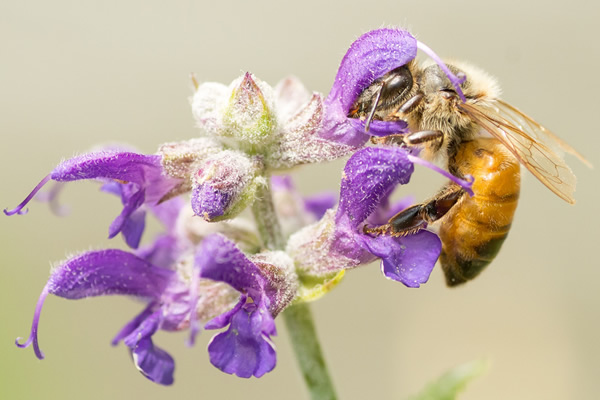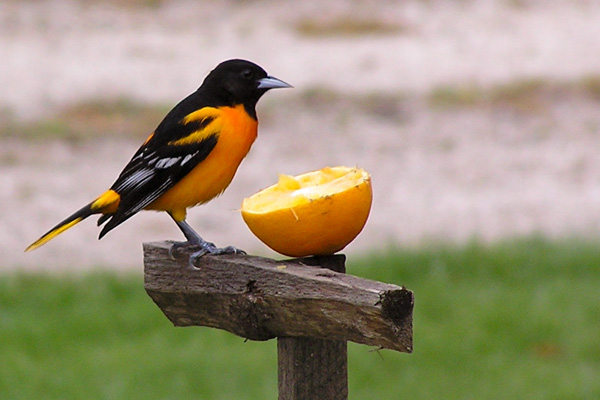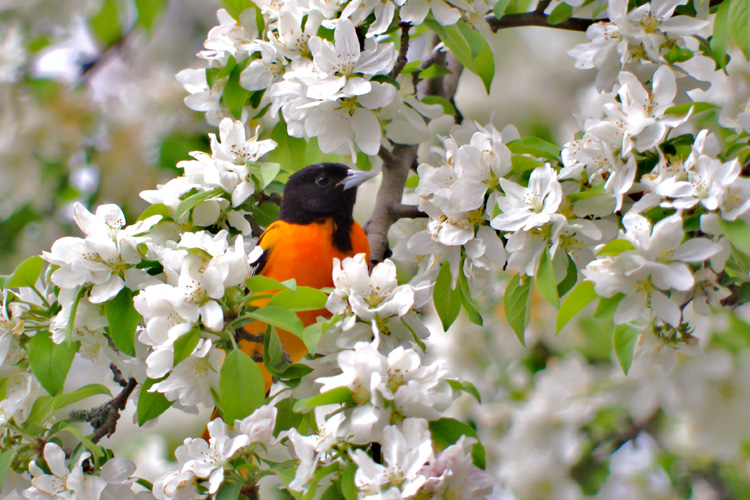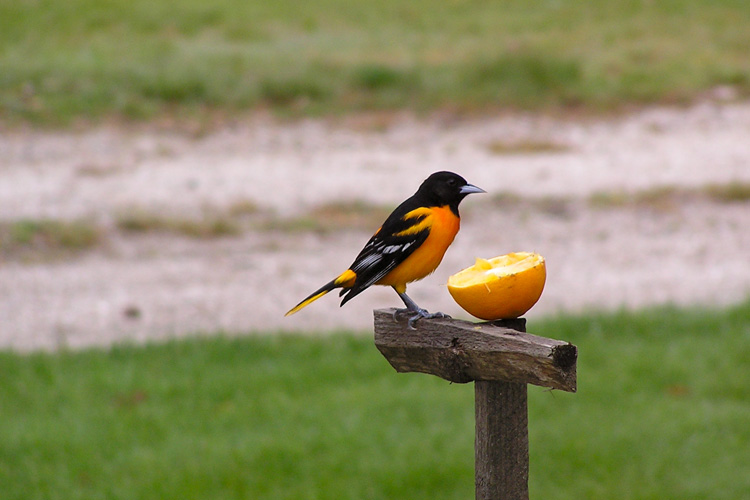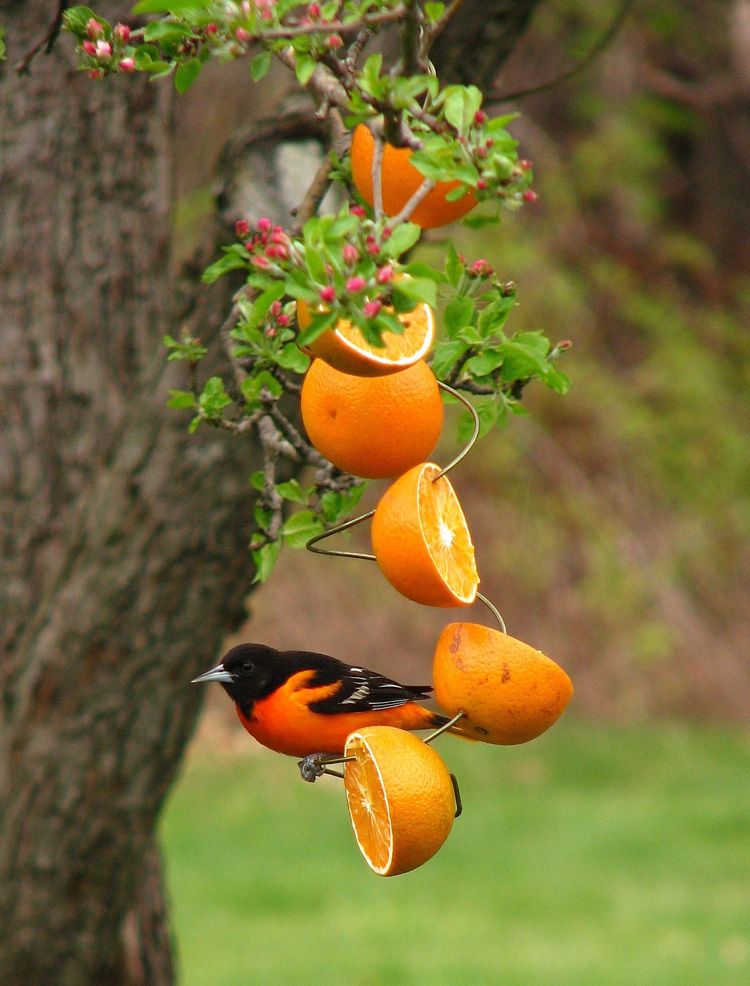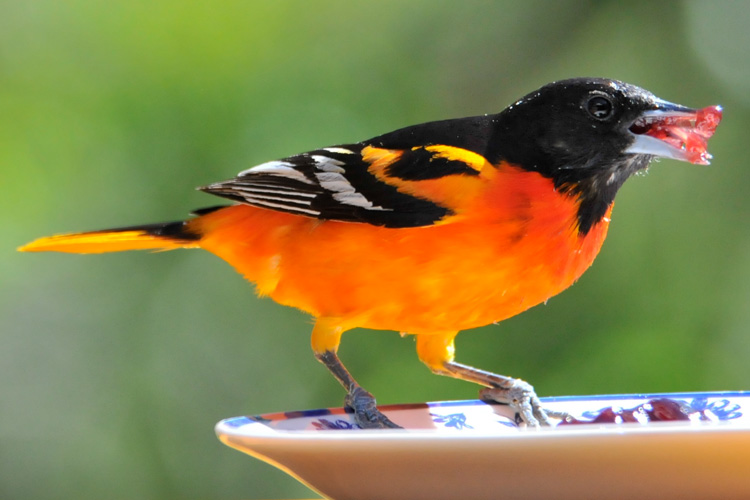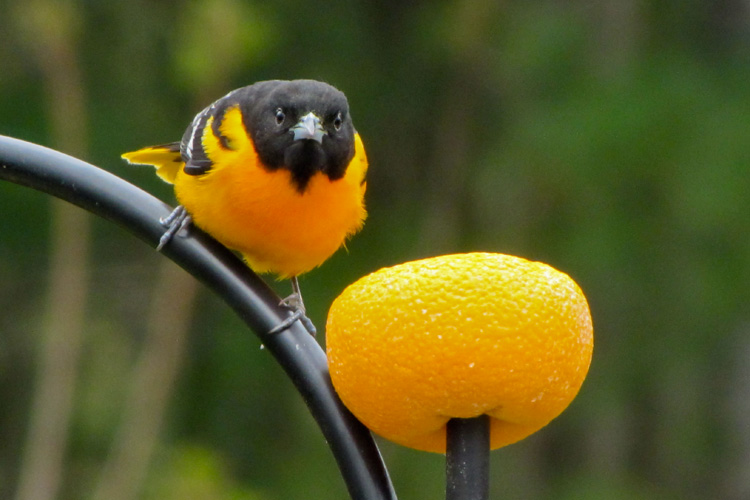Originally imported from Europe for their prized honey, beeswax, and pollination abilities, much of our honeybee population lives in beekeepers’ hives, and the rest build nests in tree cavities and in the eaves and walls of buildings. Each hive consists of a queen (who lays the eggs), female workers (who gather food and maintain the nest), and male drones (who mate with new queens).
You may see a swarm on a tree trunk or an exterior wall of a building. There’s no reason for alarm—the swarm will move on until it finds a new nesting spot. Stay indoors and watch this fascinating behavior from a window.
Bees provide invaluable services to ecosystems and sustain our food production systems, so it’s important for people to coexist with them. Be aware that if a swarm enters a building or nests in a location that conflicts with people, pest-control companies will not remove it. However, local beekeepers will usually be happy to collect it. For a list of beekeepers, contact your local pest-control company.
Here are five photos of helpful honeybees at work. Visit our website to learn more about Bees & Wasps or to find an upcoming program on Bees & Beekeeping to learn about bees, honey, and gardening for pollinators at one of our wildlife sanctuaries.
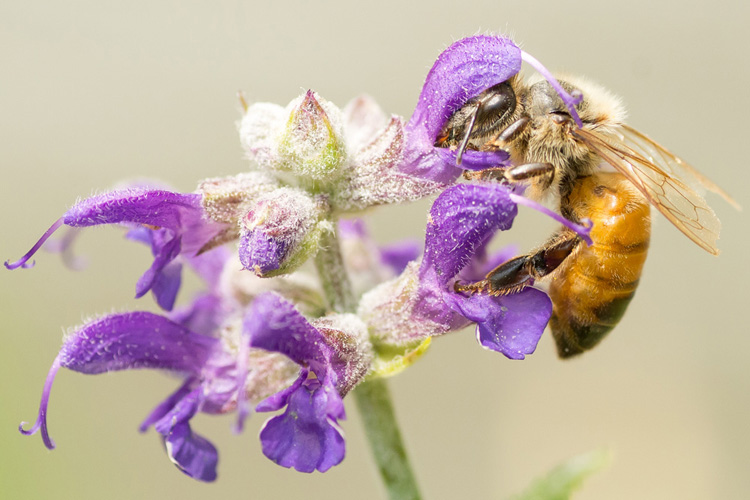
Honeybee © Susumu Kishihara
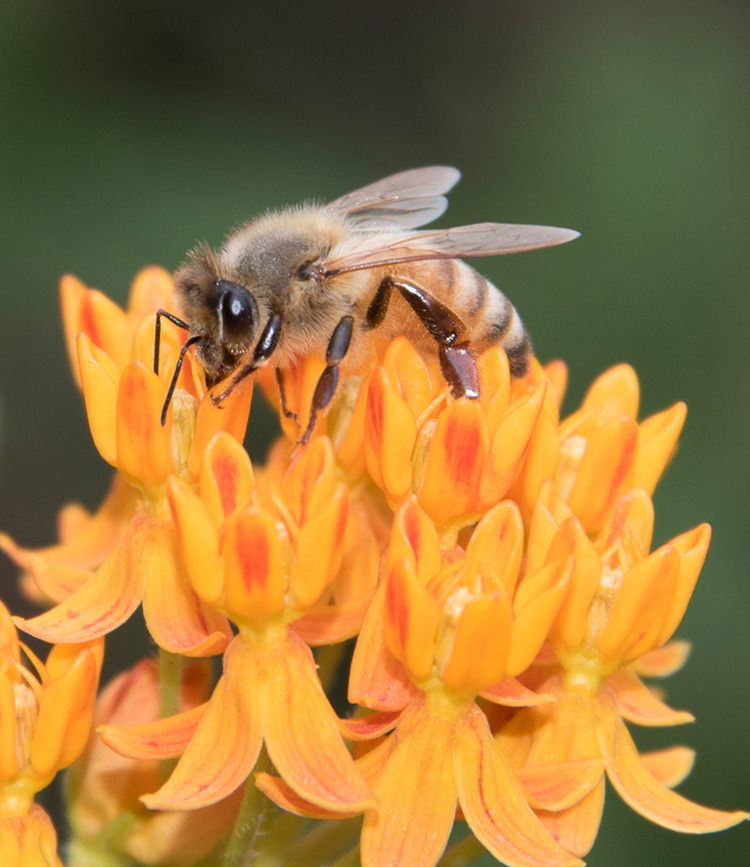
Honeybee © AnnMarie Lally
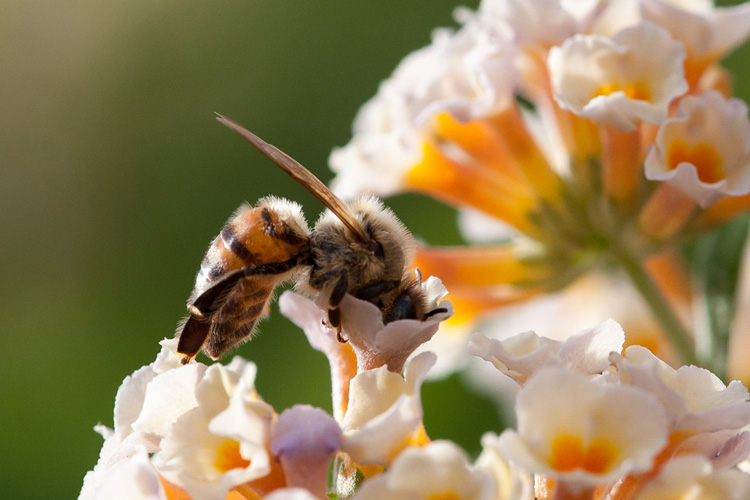
Honeybee © James Engberg
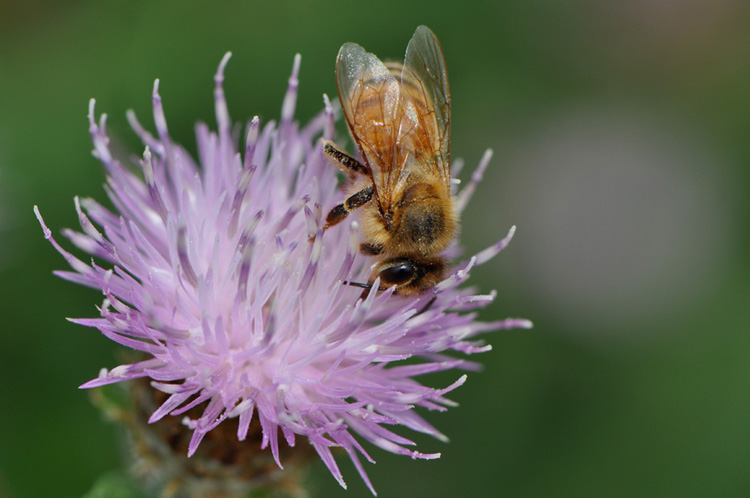
Honeybee © Daniel Sherman
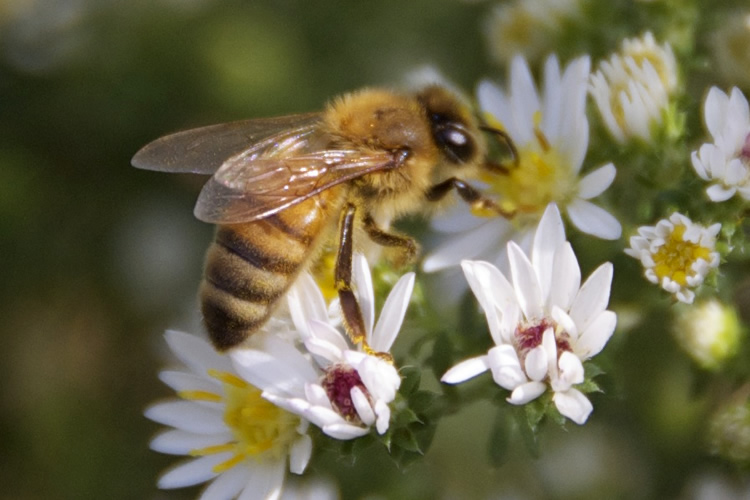
Honeybee © Sean Kent


